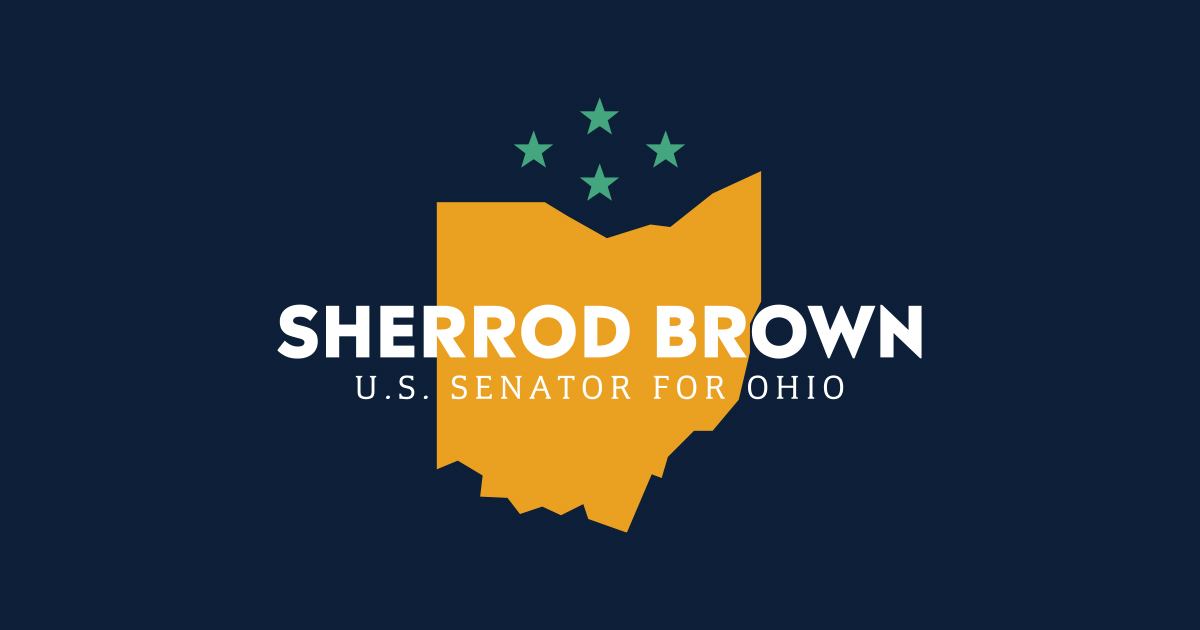Source: United States Senator for Ohio Sherrod Brown
WASHINGTON, D.C. – Today, U.S. Senator Sherrod Brown (D-OH) announced that the National Oceanic and Atmospheric Administration’s (NOAA) National Centers for Coastal Ocean Science (NCCOS) and Integrated Ocean Observing System (IOOS) have awarded four grants totaling $1,542,686 to several universities and institutions to conduct research on harmful algae bloom (HAB) in the Great Lakes.
“Lake Erie is one of Ohio’s most important natural resources and we must do all we can to keep it healthy for the families, boaters, and anglers that rely on and use the lake every day,” said Brown. “This funding will improve access to safe and clean water for residents and local businesses in the Great Lakes region.”
Universities and institutions receiving funding include:
- $715,992 to the University of Toledo to develop and test the use of microcystin degrading bacteria to remove and degrade HAB toxins from drinking water.
- $303,503 to MBio Diagnostics, Bowling Green State University and State University of New York to enhance existing technology for rapid, portable, multiplexed detection of harmful algal toxins in the Great Lakes.
- $323,191 to Bowling Green State University, LimnoTech, Inc., MBio Diagnostics, Inc., Ohio State University, University of Michigan Cooperative Institute for Great Lakes Research, and University of Toledo to create portable cyanotoxin detection technology for use by citizen scientists and decision makers.
- $200,000 to Great Lakes Observing System (GLOS) to upgrade existing instrumentation in the Great Lakes to improve telemetry and HAB data integration.
Brown has worked to secure important wins for Lake Erie through legislation and by speaking out against harmful proposals that threaten the health of Lake Erie.
Brown helped secure investments for Ohio water infrastructure projects as part of the Water Resources Development Act of 2020 (WRDA 2020). WRDA 2020 invests in key water infrastructure projects to be studied, planned and developed by the Corps, including our nation’s ports, inland waterways, locks, dams, flood and coastal storm protection and ecosystem restoration.
Brown secured $320 million for the Great Lakes Restoration Initiative (GLRI) in the 2020 appropriations package. Brown also spoke out against the President’s 2021 budget, which would Cut USDA conservation programs that help improve water quality in Lake Erie. Brown and Portman worked together to ensure GLRI was not only reinstated but also fully funded after President Trump proposed eliminating the program in 2018.
Brown was also able to include several provisions in the 2018 Farm Bill to protect Lake Erie and Ohio Waterways. The final bill includes provisions from Brown’s bipartisan Give Our Resources the Opportunity to Work (GROW) Act, which will better utilize existing federal conservation programs to protect waterways and expand access to quality farmland.
Brown helped to establish the RCPP in the 2014 Farm Bill which created voluntary partnerships between agricultural and conservation groups aimed at helping farmers improve soil health, protect water quality, and restore wildlife habitats. This program has resulted in numerous innovative conservation practices that are reducing runoff into Lake Erie.
###
